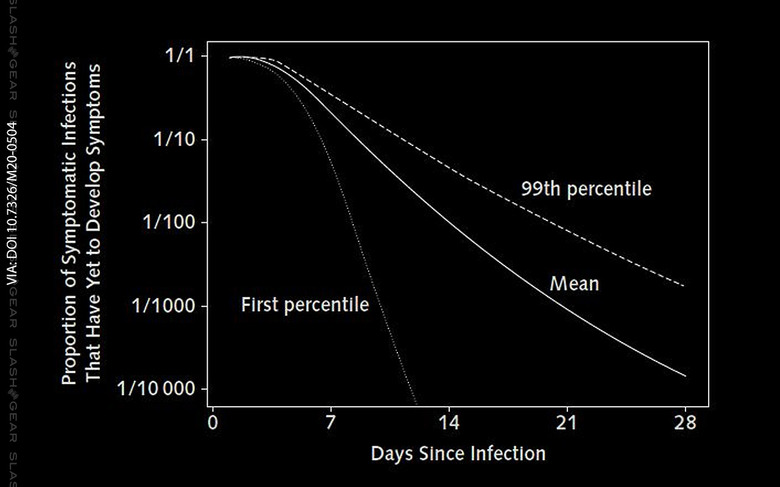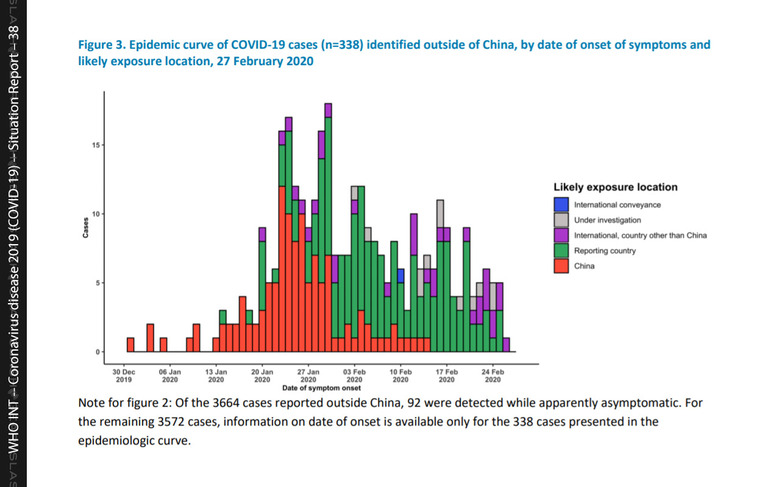Quarantine times for COVID-19: Coronavirus report shows days to clear
If I were at risk of infection for novel coronavirus (COVID-19), how many days would I need to be quarantined before I was cleared? Research done by Dr. Lauer and Ms. Grantz of Johns Hopkins Bloomberg School of Public Health showed that the median period of incubation for COVID-19 was approximately 5.1 days (95% CI, 4.5 to 5.8 days). Their data implied that most actively monitored/quarantined at-risk patients could likely be cleared if no symptoms of COVID-19 are shown in 14 days.
With the results of this study, researchers predicted that a quarantine of 10,000 high-risk persons monitored for 7 days could potentially miss approximately 21 symptomatic infected cases. Ramp that monitoring program up to 14 days, and the risk falls to approximately 1, single person, being missed as symptomatic/infected.

An active monitoring program app was developed for cases such as this – found under Determining Durations for Active Monitoring. This system shows its active model, Incubation Period Estimates, Undetected Infections, and what might be the most important bit of all: Costs of Active Monitoring Programs.
The research done here was limited to 181 cases, at the outset. It's enough to get a start, but will likely be expanded as COVID-19 expands and transforms. The estimates shown here do not account for asymptomatic COVID-19 cases. It's also unlikely that every person who's had COVID-19 thus far has been reported, found, and/or monitored.

This research was done with grant support from the U.S. Centers for Disease Control and Prevention, National Institute of Allergy and Infectious Diseases, National Institute of General Medical Sciences, and Alexander von Humboldt Foundation.
For more information, see DOI:10.7326/M20-0504 for The Incubation Period of Coronavirus Disease 2019 (COVID-19) From Publicly Reported Confirmed Cases: Estimation and Application. This paper was published in the Annals of Internal Medicine, authored by Stephen A. Lauer, MS, PhD, and Kyra H. Grantz, BA, (shared lead authorship), et. al. on March 10, 2020.
